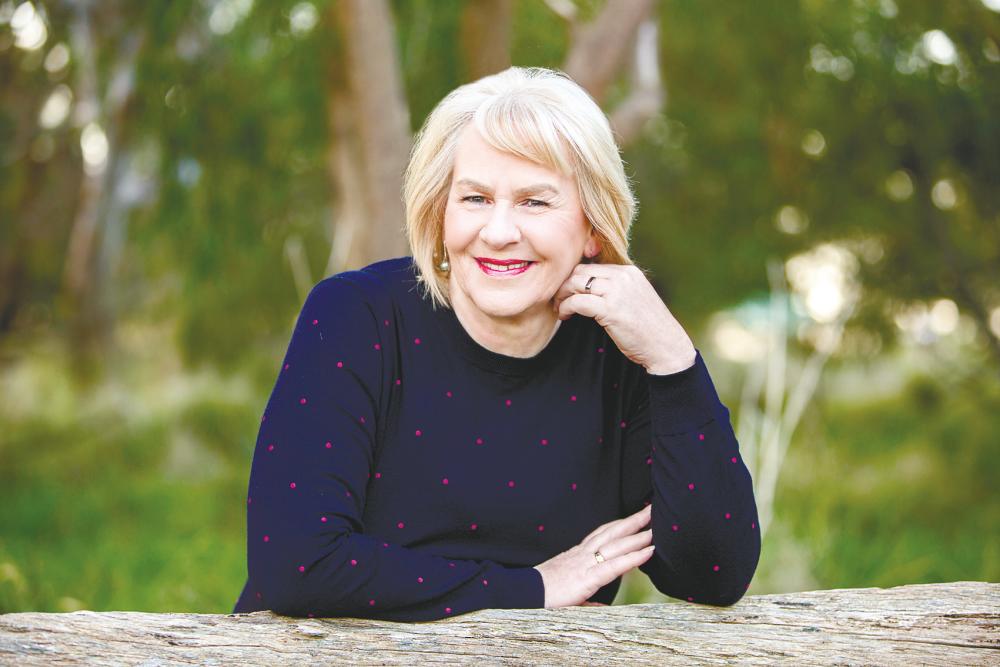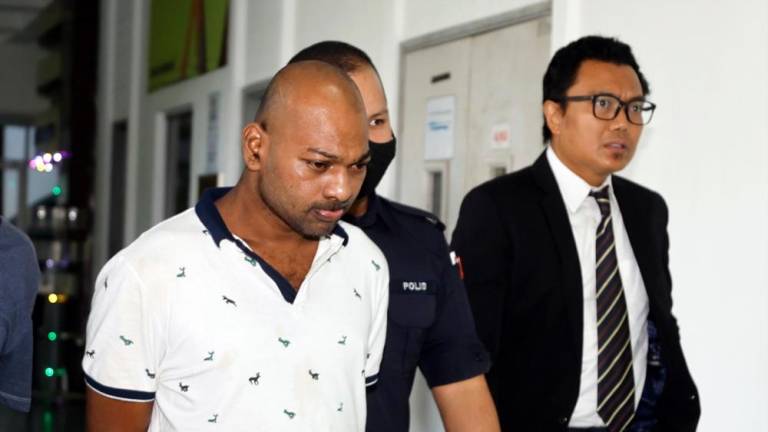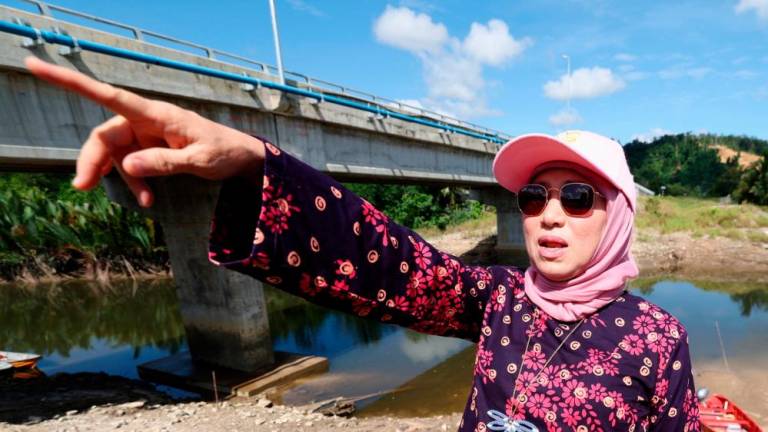IN TIMES of war, people are forced to do the unthinkable, as can be seen in Cilka’s Journey, author Heather Morris’ latest book, which is a follow-up to her 2018 debut, The Tattooist of Auschwitz.
It tells the story of one young woman who endured the horrors of war, and what she had to do in order to survive.
Prior to The Tattooist of Auschwitz, the New Zealand-born Australian resident had only written stories and screenplays that never saw the light of day.
All that changed when she met real-life Holocaust survivor Ludwig ‘Lale’ Sokolov in 2003 in Melbourne, who opened up to her about his life at the infamous Auschwitz-Birkenau Concentration Camp ran by the Nazis in occupied Poland during the Second World War.
Sokolov was a tatowierer (tattooist) at the camp. His job was to mark his fellow prisoners.
There he met Gita, the love of his life, whom he married after the war (there was a fair bit of drama before that happened).
He also met Cilka Klein, who was just 16 years old when she arrived at the Auschwitz-Birkenau Concentration Camp.
The Commandant at Birkenau, German SS-Obersturmführer Johann Schwarzhuber, picked her out from among the female prisoners and made her his mistress.
Separated from her own family (some of whom died at the camp) and faced with condemnation from others who deemed her a traitor, Cilka tried to use her position to help others when possible.
“She is the bravest person I ever met,” Sokolov said about Cilka in The Tattooist of Auschwitz.
Based on Sokolov’s recollections and her own research into women who lived in Siberian prison camps, Morris wrote Cilka’s Journey, which captures what happened to this brave protagonist after the liberation of Birkenau by the Russians.
Due to her “special position” at the camp, Cilka who was then 18 years old was deemed a Nazi collaborator, and sentenced to an isolated prison camp in Siberia, the Vorkuta gulag, for 15 years.
Speaking from London where she was promoting her new book, Morris explained that she had always wanted to tell Cilka’s story.
“But then you never know how these things are going to go,” said the author, who admitted she had no idea if a publisher would publish her first book, let alone a second one.
That was why she decided to give Cilka more emphasis in The Tattooist, so that readers could learn more about her.
“I had hoped that I would be given the opportunity to tell her story.
“I am just happy that it got to happen.”
Australia has the second largest number of Holocaust survivors outside of Israel, and Morris managed to interview several of them to find out more about Cilka.
“I met women in their 40s and 50s, who had known Cilka all their lives, who would tell me about what she was like after leaving the gulag.
“That made it easy to form this wonderful picture of this girl, this woman.”
While doing more research on Cilka’s story, Morris interviewed many elderly survivors of the holocaust who are now in their 80s and 90s, and heard gripping stories about rape that had never been voiced before.
When asked, these women said how they were not able to tell anyone about what they had endured, but even more sad is the fact that no one had ever asked them before either.
“I think it is a shame, our shame that we have allowed these women, who were girls then, to keep this secret.”
That made Morris all the more convinced that their stories needed to come out.
Despite surviving her situation, Cilka carried a lot of guilt, and despite being praised for saving the lives of many people, she was reluctant to accept any credit.
Survivors’ guilt was, perhaps, the one prison she never left.
Both of Morris’ books will resonate with readers, considering terrible things are happening to young women and refugees around the world.
“Sometimes I despair that we are not learning anything from history at all.”













